28 Days Later took the traditional zombie movie horror formula and gave it a fresh coat of paint by changing the location, the tone, and of course, the monster in question. The traditional undead zombie was replaced by a living human filled with a virus that brought their most instinctual rage to the surface, making it one of the coolest zombie flicks ever made.
This introduced a very different dynamic to the post-apocalyptic zombie formula, but it's just one part of what made the film so great. Here's a bunch of interesting factoids about 28 Days Later that continue to prove what a groundbreaking an interesting horror film it really was.
10 A Narrow Window
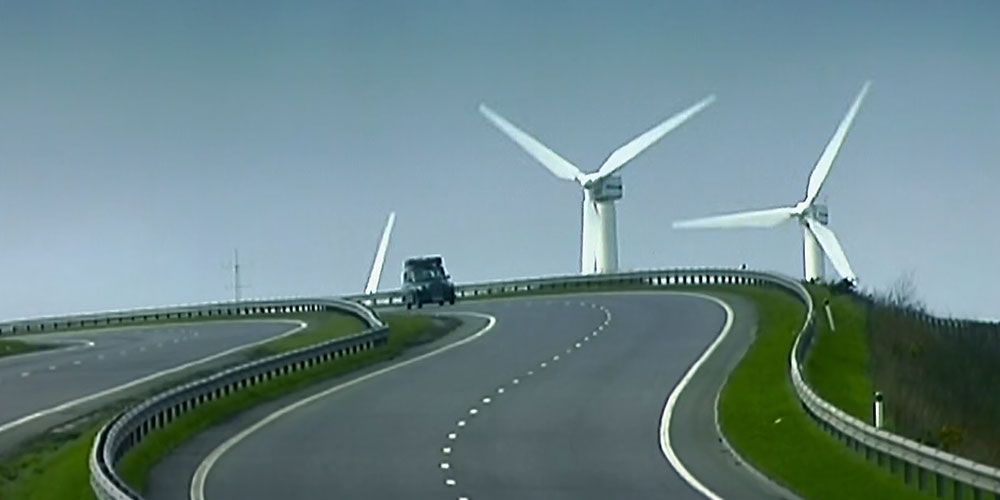
To properly give the feeling of a dead Britain shrouded in chaos, the filmmakers had to be careful with how and when they shot. Shots done on the M1 motorway were done early in the morning between 7 and 9 AM under police guidance in a carefully constructed plan to get necessary footage.
The police would gradually slow the traffic coming from both directions so that filmmakers could squeeze in a few shots using a total of 10 cameras. By the time all was said and done, a total of 60 seconds of footage was deemed usable for the film.
9 Filming For A Good Cause
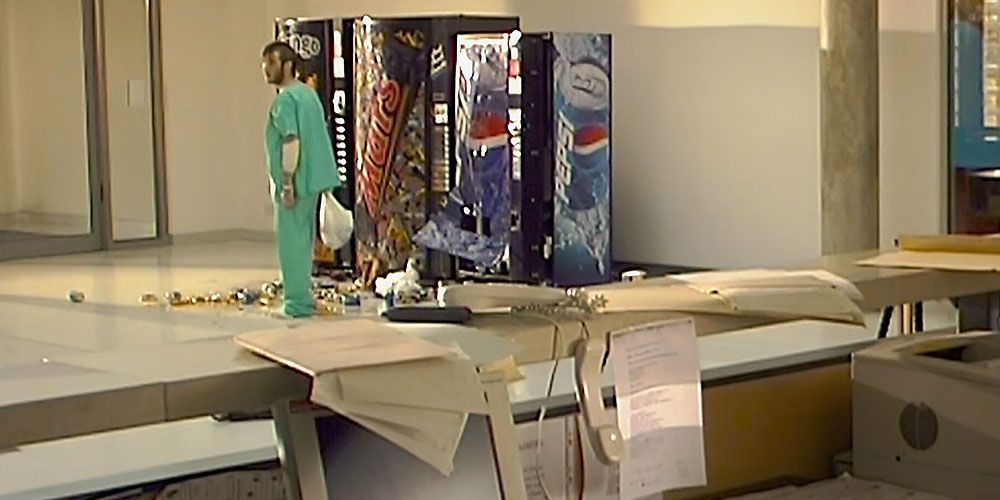
A real hospital was used for the filming of certain scenes to create a sense of authenticity. The hospital in question was open during the week but shut on weekends which allowed Danny Boyle and his crew to rent the space for shooting when nobody was around.
An extra benefit of this arrangement was that rental fees went directly towards the hospital's trust fund, representing one of the best kinds of business transactions one could wish for. Nothing like shooting a bloody horror movie and having a portion of the budget go towards a good cause.
8 An Ominous Celebration
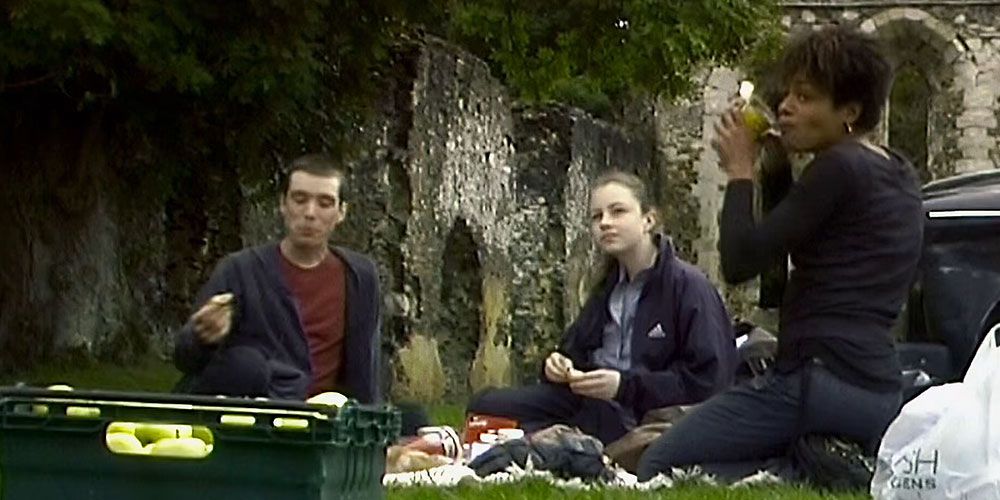
Celebratory scenes involving the four main characters appeared quite genuine, and a testament to their acting skills, especially given the fact that they were shot on one of the worst days in world history.
According to the actors, it felt particularly strange and probably more than a little disconcerting to film happy scenes in the aftermath of the World Trade Center towers going down in New York City on September 11th, 2001. By the time Boyle called for a cut, the wreckage of the twin towers was still on fire.
7 Softening The Blow
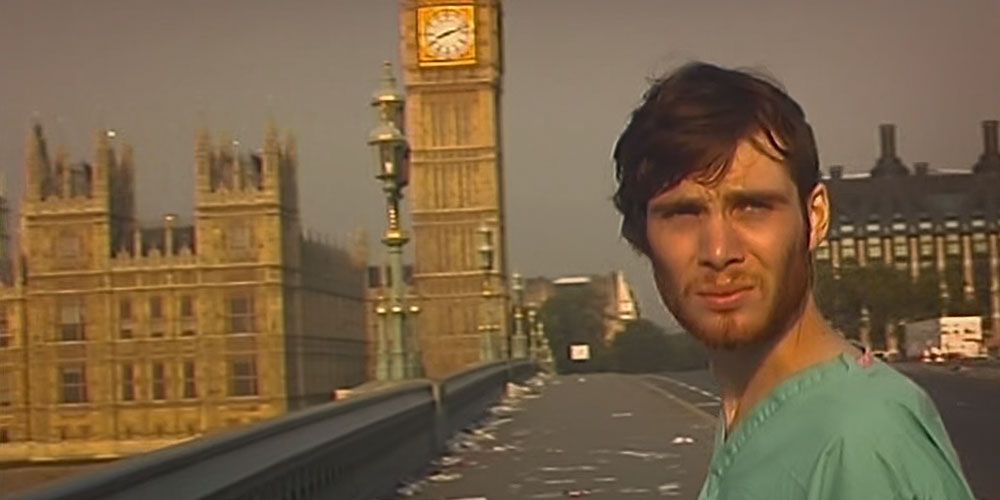
Filming the London scenes required great care and timing, especially if Boyle wanted to accurately depict the city as abandoned and left for dead. To do this, he had police close off the roads near shooting locations at 4 AM so that filming could commence for exactly one hour.
This caused great anger among residents trying to move about or head home. To help soften the blow of the inconvenience, Boyle employed a number of beautiful women to help convince the drivers to take a different route, and, clearly, the effect worked like a charm.
6 The Rage Virus Is Based On Ebola
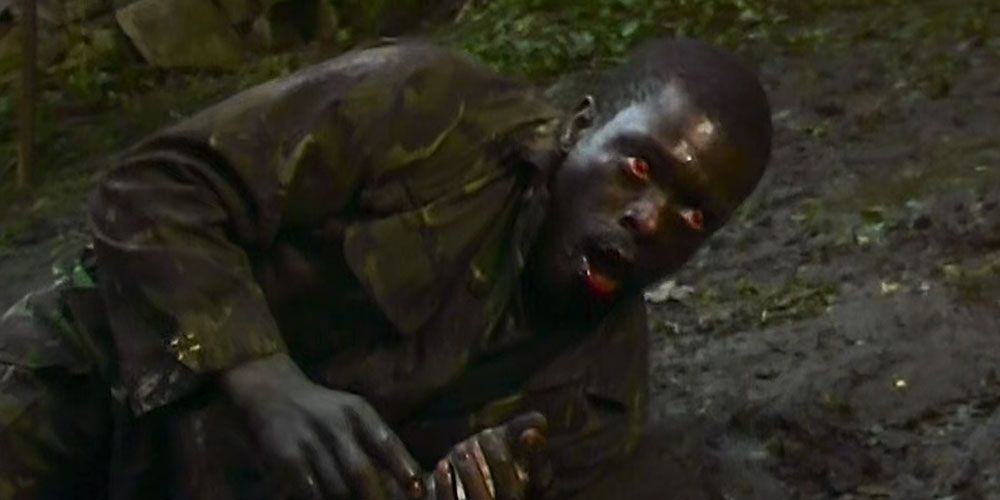
Some of the physical characteristics of the Ebola virus include rashes, bleeding, and red eyes which were used as inspiration for the creation of the Rage virus depicted in the film. Although Ebola does not trigger psychosis and violent rage, it was nevertheless made part of 28 lore.
The graphic novel 28 Days Later: The Aftermath confirms that Ebola was used as a carrier in the design process. Somehow the scientists in charge of the operation failed to contain a mutation that turned it into the Rage virus. This allowed 28 Days Later to join the grand hall of movies and TV shows based on viral outbreaks.
5 Unfortunate Miscommunication
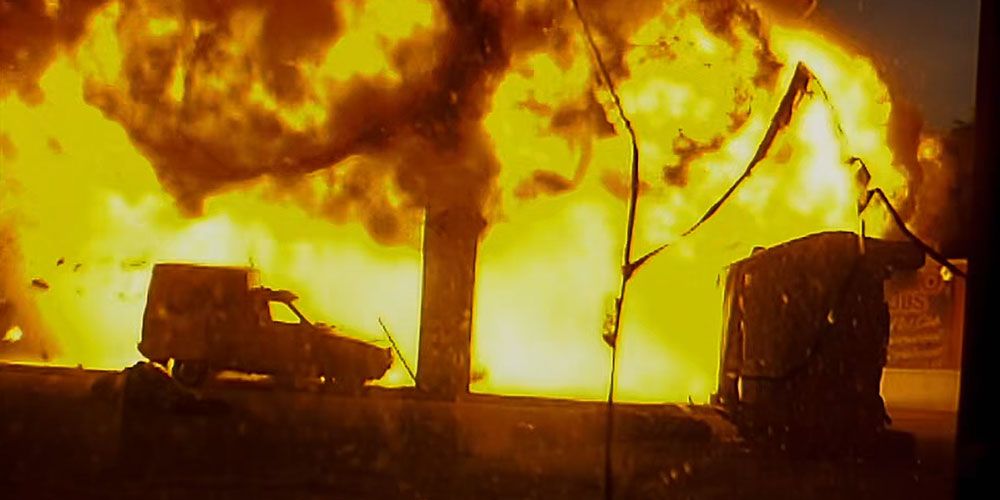
The scene involving an explosion at the Canary Wharf petrol station was fully scheduled in advance with all the necessary paperwork in question required. However, that didn't stop things from going pear-shaped on the day of shooting.
Apparently, someone failed to notify the police of the scheduled explosion which led to them scrambling the fire brigade to deal with what they thought was a genuine accident or an act of arson. Danny Boyle rectified the situation after a few hours. The explosion cost an estimated £250,000, which may seem like a lot, but is dwarfed by many big-budget Hollywood explosions.
4 Poor Quality On Purpose
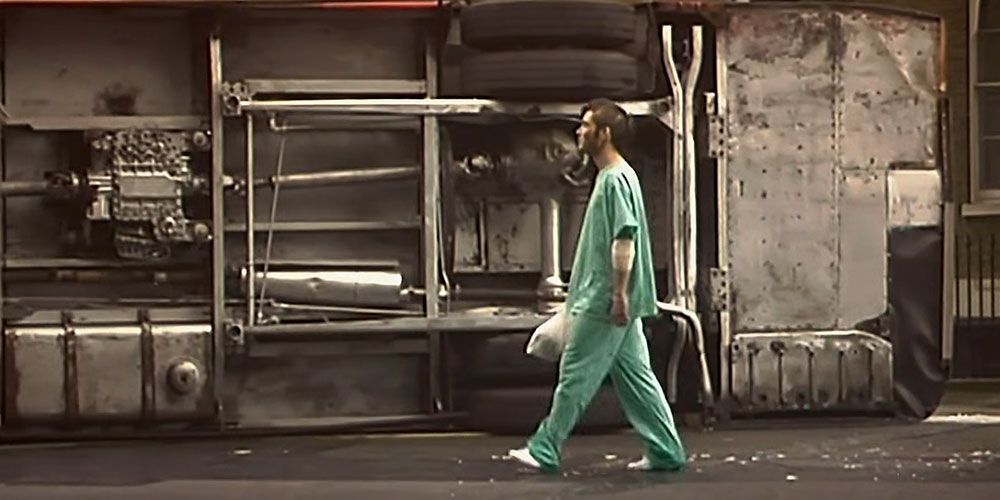
Danny Boyle made a conscious decision to shoot the entire film using DV-based Canon XL1 cameras due to the "harshness" of the video. He believed that such rough-edged quality would help give the film a sense of grittiness and real-world plausibility that would benefit the overall narrative.
This also allowed the filming crew to set up and strike a set in a remarkably short amount of time as opposed to shooting with traditional 35mm movie cameras. The versatility of shooting with more free-flowing cameras was responsible for getting many of those sharp angles and chaotic shots that helped sell the narrative.
3 A Referendum On Society
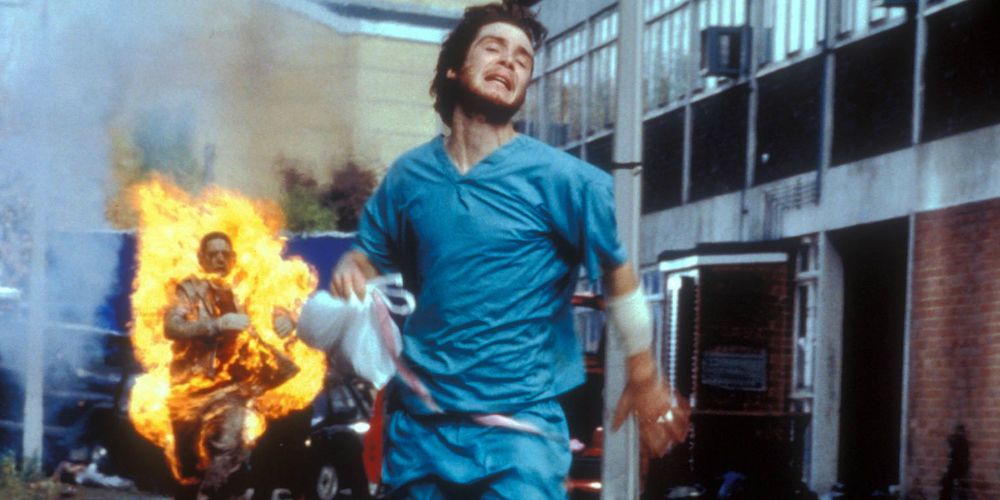
Danny Boyle and Alex Garland were adamant about 28 Days Later having a layer of social commentary like many horror films often do. Though technically considered a zombie movie, the infected are not actually the walking dead, but living humans affected on a physiological and psychological level.
The reason for putting the focus on the Rage virus was to criticize our society which is doing very little to deal with a culture of anger and violence, such as road rage. The virus itself was designed to amplify the anger already in each of us, rather than add a new element to psychology.
2 Great Artists Steal
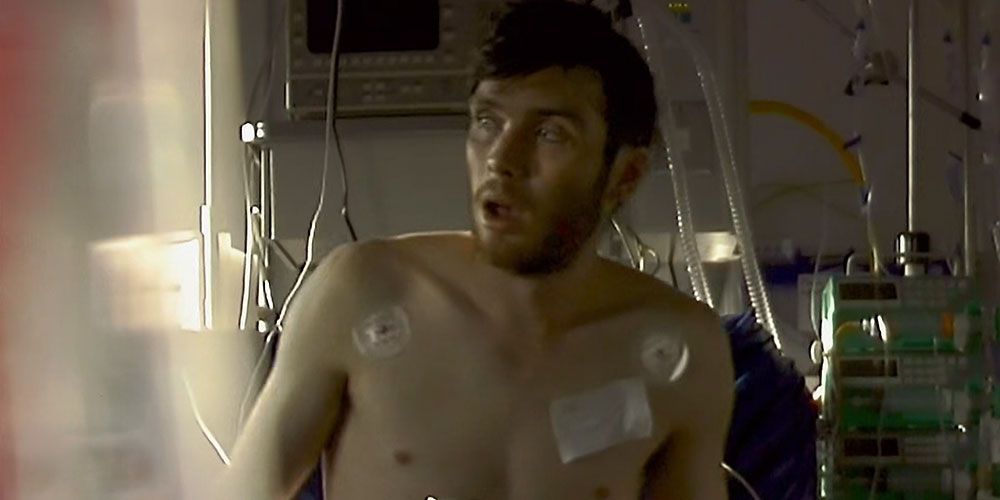
Alex Garland took inspiration from a large bevy of horror movies when he wrote the script for 28 Days Later, and they, in turn, helped influence horror franchises to come. It's another testament to the importance of stealing (with respect) ideas while simultaneously making something new out of them.
Garland acknowledges that Day of the Triffids, George Romero's Living Dead trilogy, and The Omega Man were all highly influential works. Proof can be seen in the hospitalization scene (Day of the Triffids) which in turn directly influenced the hospital scene from the first episode of The Walking Dead, season one.
1 Electrical Goofs
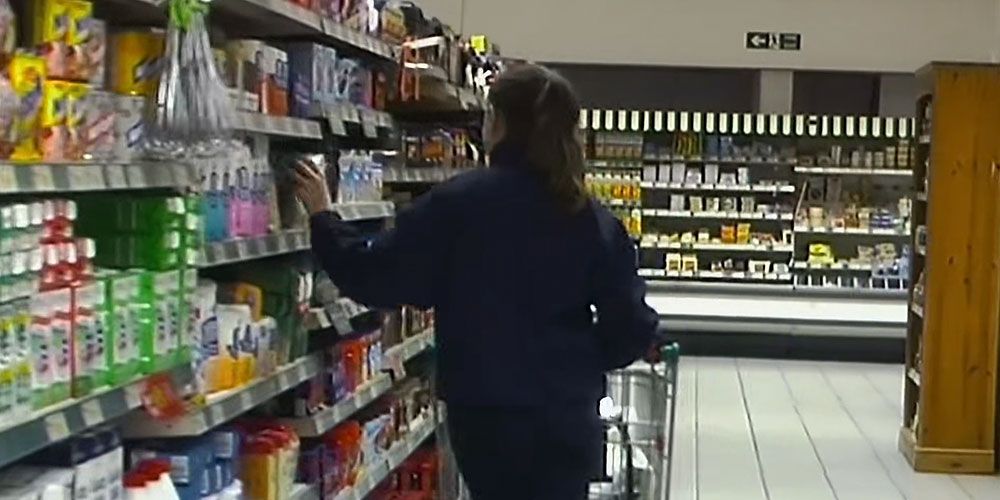
Hardcore film blunder-hunters make a hobby out of spotting various mistakes in their favorite movies such as Star Wars, and 28 Days Later has one obvious gaffe that begs to be riffed on. The film clearly establishes that electrical power is out all over London, but apparently, there are a few exceptions.
The four main characters just happen to stumble upon the only supermarket with full electricity and all the lights on. While it's possible that the supermarket had a backup generator, that scenario seems entirely unlikely.
from ScreenRant - Feed https://ift.tt/3p5d87L


0 Comments